10 Common Wine Collecting Mistakes and How to Avoid Them
When it comes to building a wine collection, a few key mistakes can significantly impact the value and enjoyment of your wines. Whether you’re a seasoned collector or just starting, understanding the common pitfalls and how to avoid them is essential for preserving the quality of your collection. From improper storage to neglecting proper research, making informed decisions will help ensure your investment stands the test of time.
This post may contain affiliate links, which helps keep this content free. Please read our disclosure for more info.
Improper Storage Leading to Spoilage
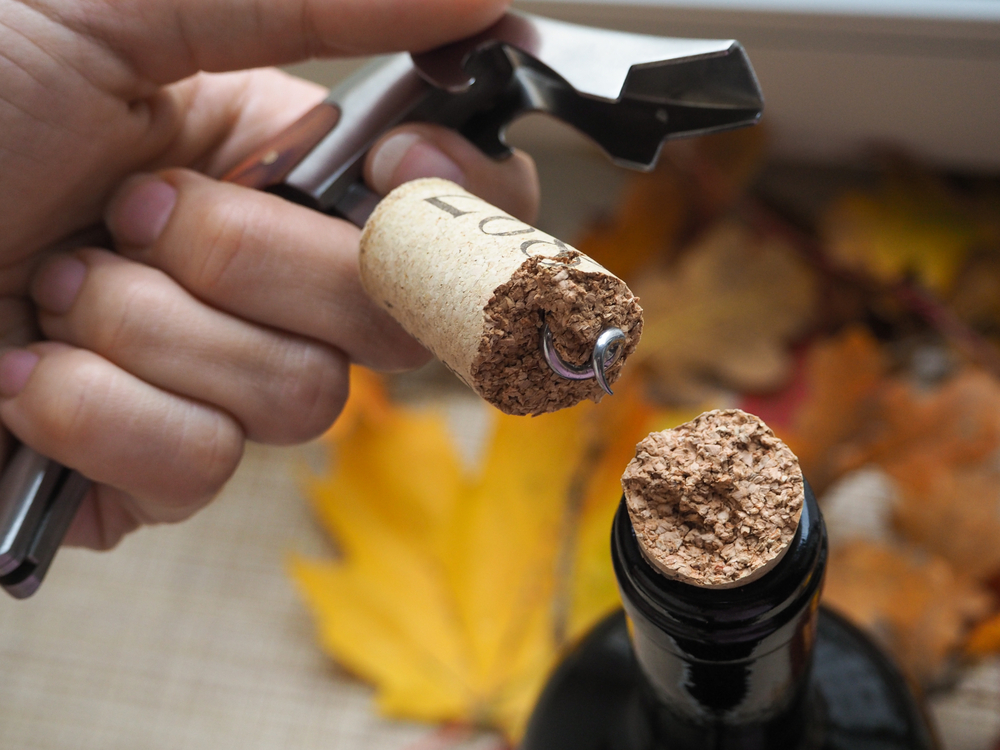
Improper storage is one of the most common mistakes made by wine collectors. Wine is a delicate product that can be easily damaged if not stored in the right conditions. Exposure to extreme temperature fluctuations, direct sunlight, or inadequate humidity can cause spoilage and negatively affect the wine’s aging process. Wines need a consistent temperature of around 55°F (13°C) to maintain their integrity. Humidity is equally important; if it is too low, corks can dry out, letting air into the bottle, while too high humidity can cause mold growth and label deterioration. Storing wine in a dark, cool, and climate-controlled environment, such as a wine fridge or cellar, can ensure that the wine maintains its quality and value.
In addition to temperature and humidity, the storage position of the bottles plays a significant role. Storing wine bottles upright can cause the cork to dry out, risking oxidation and spoilage. The best way to store wine is on its side, as this keeps the cork moist, prevents air from entering, and helps preserve the wine’s flavor. Investing in specialized wine storage solutions, whether a dedicated wine cellar or a wine fridge, will provide the ideal environment for your collection and protect your investment for years to come.
Overpaying for Wine
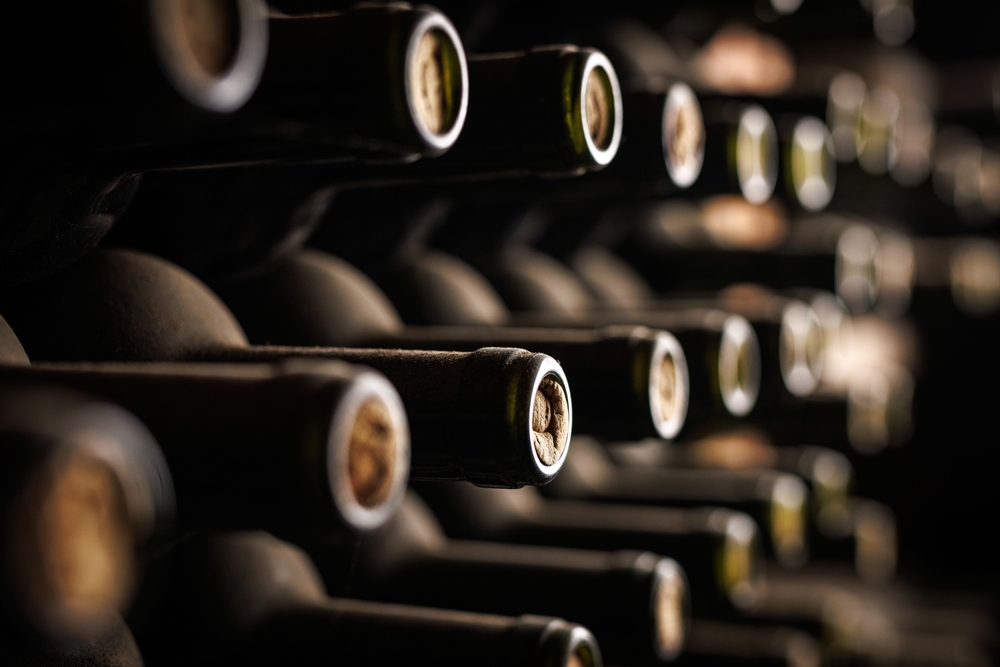
Overpaying for wine is another mistake that many collectors make, often driven by emotions or market trends. It is easy to get caught up in the hype surrounding certain rare or highly sought-after bottles, paying inflated prices without truly understanding the wine’s value. Wine prices are influenced by factors such as the reputation of the producer, the scarcity of the vintage, and the wine’s potential for aging. While some wines may command high prices due to these factors, others may not live up to their value over time. Without proper research, it is possible to overpay for wines that do not have long-term investment potential.
To avoid this mistake, it is essential to do thorough research before making a purchase. Consult trusted sources like wine critics, auction results, and wine investment advisors to get a clearer understanding of the market value of a wine. You should also learn about the wine’s provenance, the reputation of the winery, and whether the wine is likely to improve with age. By having a well-rounded understanding of the wine’s value, collectors can make more informed decisions and avoid spending more than necessary on bottles that may not deliver a good return on investment.
Neglecting Proper Record-Keeping

A common mistake that can lead to confusion or loss of valuable information is neglecting proper record-keeping for your wine collection. Without detailed documentation, it can be difficult to track the wines you own, their provenance, purchase price, and aging potential. This oversight can result in forgotten bottles that end up being consumed before their prime or missed opportunities for selling or trading wines at their peak value. Keeping accurate records is crucial, especially as a collection grows over time.
The key to avoiding this mistake is to maintain a detailed and organized inventory system. Using a digital tool or app designed specifically for wine tracking can help simplify the process. Your records should include essential details like the wine’s origin, vintage, condition, where it is stored, and any tasting notes you might have. This will not only ensure that you know what is in your collection but also help you assess the best time to drink or sell each bottle. An organized inventory makes it easier to manage your collection and can even help you when you decide to insure it or assess its overall value.
Not Insuring the Collection
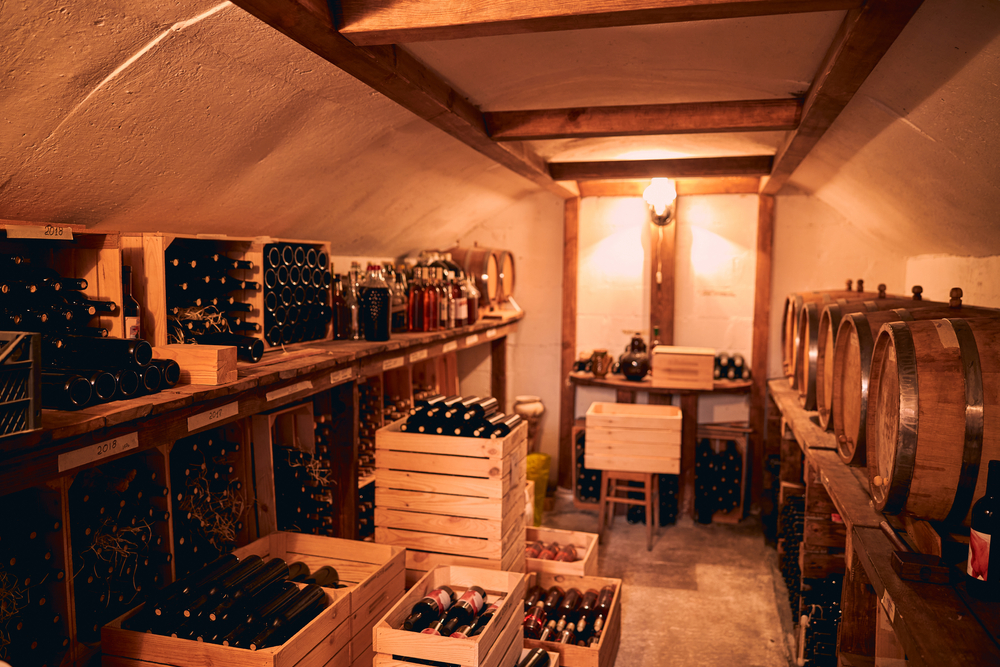
Wine is an investment, and like any valuable asset, it should be properly insured. Many collectors fail to insure their wine collection, leaving it vulnerable to risks such as theft, fire, or damage from natural disasters. This oversight can lead to significant financial loss, especially if the collection includes rare or highly valuable bottles. Without insurance, you may not be reimbursed for the value of your wine collection if something were to happen.
Specialized wine insurance exists to provide coverage for collectors, offering protection against a wide range of risks. A policy will typically cover not only damage and theft but also the full replacement value of your wine, which can fluctuate over time. When insuring your collection, be sure to work with an insurer who specializes in wine, as they will be able to tailor the policy to your specific needs. Protecting your collection through insurance ensures that it remains an asset that can be properly valued and safeguarded.
Storing Wine in the Wrong Position
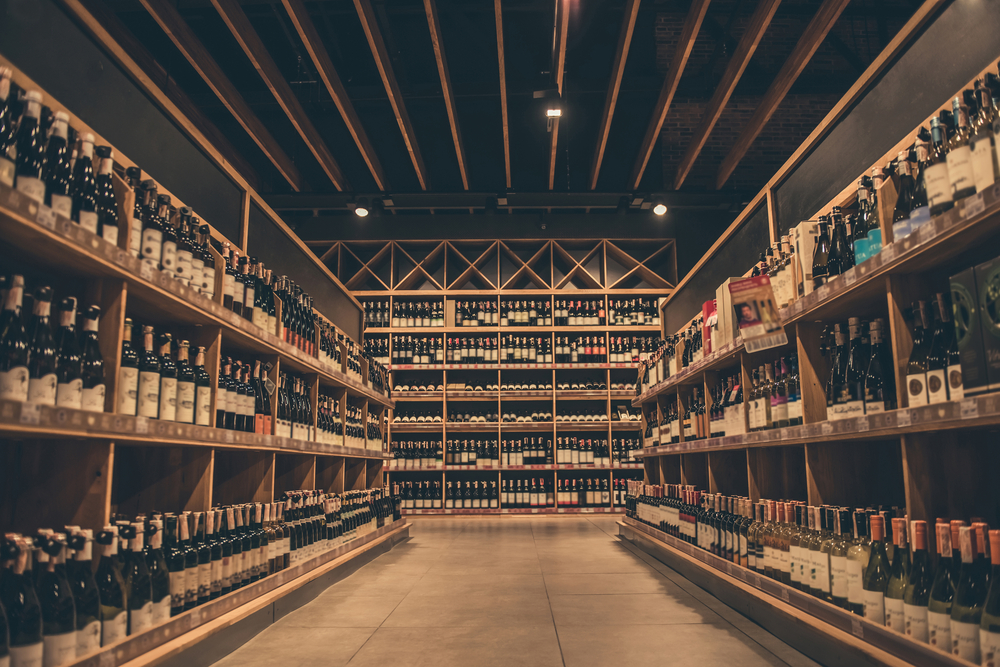
Storing wine in the wrong position is a mistake many collectors overlook. While most people think it’s fine to store bottles upright, doing so can lead to dry corks, oxidation, and spoilage. The cork is essential for keeping air out of the bottle and maintaining the wine’s freshness. If the cork dries out or shrinks, air can enter the bottle and cause the wine to oxidize, resulting in a loss of flavor and aroma. Storing wine bottles on their sides helps keep the cork in constant contact with the wine, preventing it from drying out and ensuring the wine is properly sealed.
Additionally, upright storage can cause sediment to settle unevenly, making it difficult to pour the wine without disturbing it. Storing bottles horizontally also ensures that the wine is in constant contact with the cork, keeping it moist and preserving its quality. Proper storage positioning is crucial for maintaining the integrity of the wine, and even simple storage solutions, like racks or wine fridges, can help avoid this common mistake.
Not Researching Wines Before Buying
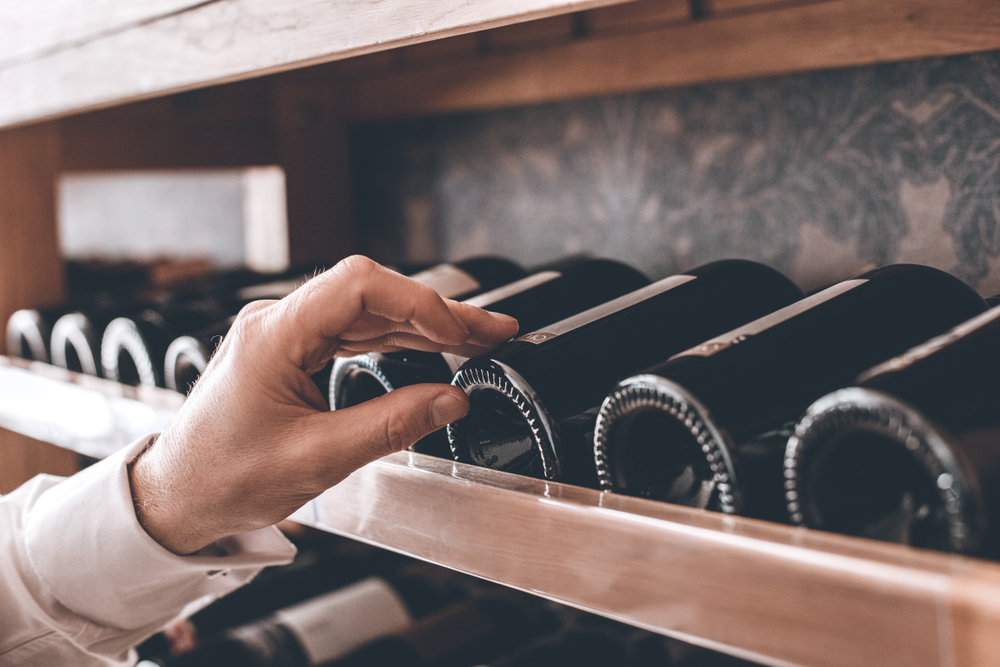
Failing to research wines before making a purchase is a mistake that can result in costly and unwise decisions. Many collectors make the mistake of buying wines based on reputation or packaging alone, without understanding the wine’s characteristics, aging potential, or market value. Researching a wine before buying it is essential to ensure that it fits your collecting goals, whether for drinking or investment purposes. Factors like the wine’s vintage, producer, aging potential, and market history play a significant role in determining whether it is a good purchase.
One way to avoid overpaying for a bottle is to read reviews and ratings from established wine critics and look at auction results for similar wines. Consider learning about the wine’s provenance and whether it has a track record of appreciation in value over time. Researching helps you avoid impulse buys and enables you to curate a collection that aligns with your interests and goals, whether you’re building a collection for personal enjoyment or as an investment for the future.
Ignoring Wine Storage Location
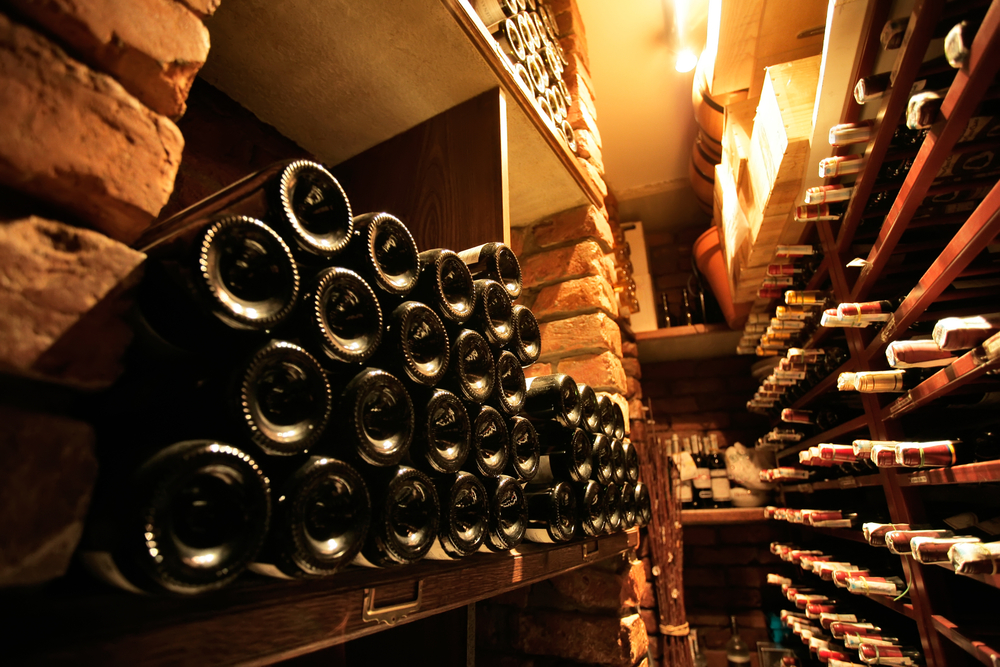
Many collectors make the mistake of not paying attention to the specific location of their wine storage. Whether it’s a wine cellar, a fridge, or just a closet, where you store your wine matters. Storing wine in areas with extreme temperature changes or places that experience high foot traffic can negatively impact the wine’s longevity. A wine cellar or wine fridge is ideal because it offers stability in both temperature and humidity, reducing the risk of damage.
Additionally, you should avoid storing wine near strong smells, such as cleaning products or perfumes, which can seep into the cork and affect the wine’s taste. Similarly, storing wine next to a heat source, such as a heater or kitchen appliances, can cause the wine to age prematurely. Finding a quiet, dark, and stable environment for your collection will ensure that the wine ages properly and maintains its flavor profile.
Overlooking the Potential of Younger Wines
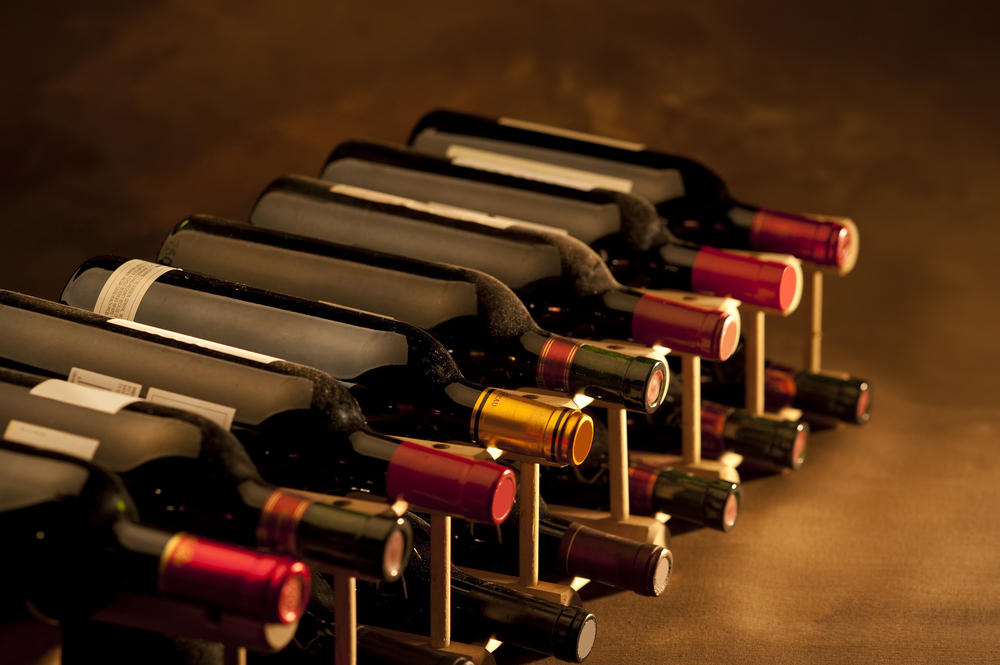
Many wine collectors mistakenly overlook the potential of younger wines, assuming that only older bottles are worth collecting. However, many wines, especially from regions known for producing age-worthy wines like Bordeaux or Burgundy, can develop significantly in the first decade or so. While some wines are meant to be consumed soon after purchase, others benefit from proper aging, allowing them to evolve in complexity and value.
For instance, wines with higher acidity and tannin content, like certain reds from France, can age gracefully, becoming smoother and more intricate over time. Focusing exclusively on older bottles might limit the growth of your collection, and neglecting to consider the aging potential of younger wines could result in missed opportunities for investment and enjoyment. By diversifying your collection to include wines that are not yet at their peak, you ensure that your collection will continue to grow in value and flavor.
Lack of Regular Collection Evaluation

One mistake many collectors make is neglecting to evaluate their collection regularly. Over time, the value of a wine collection can change due to market trends, the aging process, or changes in the wine’s condition. Without periodic evaluation, you may not realize when it’s time to sell or when a wine is nearing its peak and should be enjoyed.
Regularly reviewing your collection allows you to track its progress, identify bottles that should be consumed or sold, and determine whether any wines need further attention in terms of storage. It also provides an opportunity to reassess the market value of the wines, especially if you plan to sell some in the future. An annual or bi-annual review can ensure that you’re making the most of your investment and that your collection remains valuable and relevant.
Failing to Rotate Your Collection
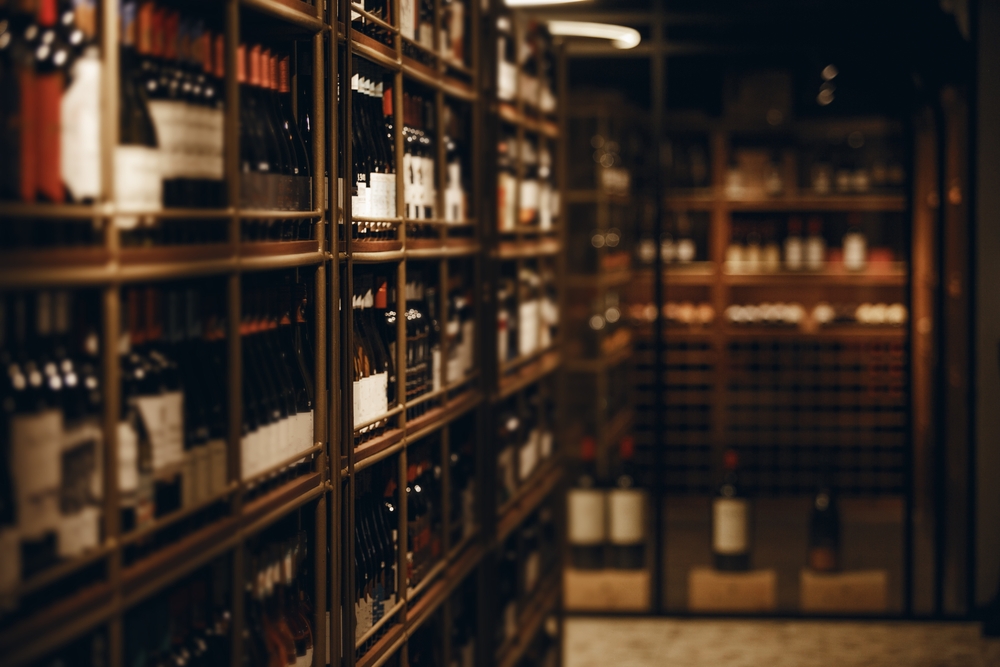
Just like any other collectible, your wine collection needs rotation. Failing to rotate your wines can result in older bottles being left at the back of the storage area, while newer wines take the front spots. This can lead to consuming older bottles too early or keeping wines in storage longer than needed, which can diminish their quality.
Rotating your collection allows you to keep track of wines that are aging gracefully and those that should be consumed sooner. A simple inventory system, or regularly checking and moving older bottles to the front of the storage, can ensure that you enjoy the wine at its optimal time. A properly rotated collection helps prevent wines from being overlooked and allows for a balanced approach to consumption, preserving your investment.
This article originally appeared on Avocadu.
